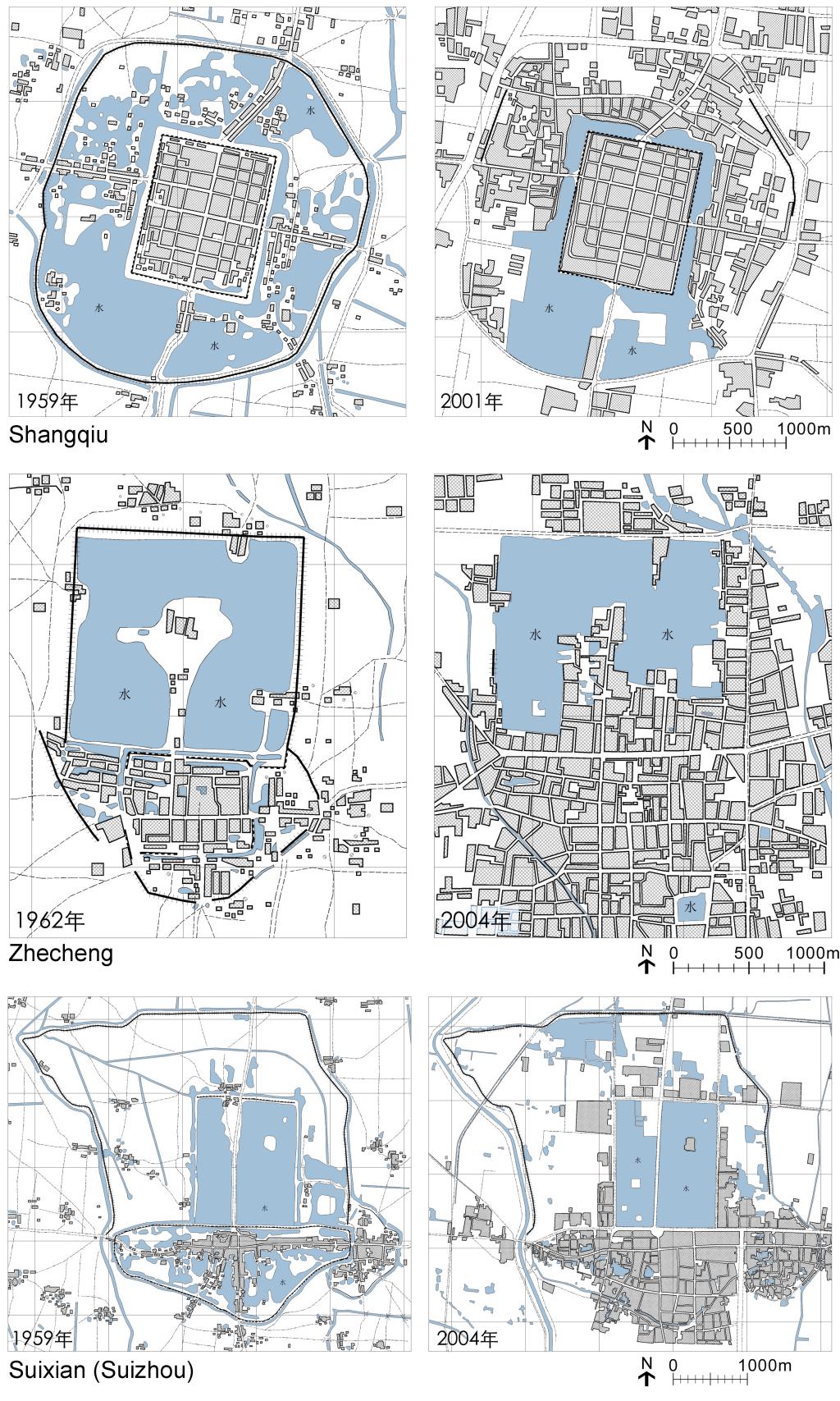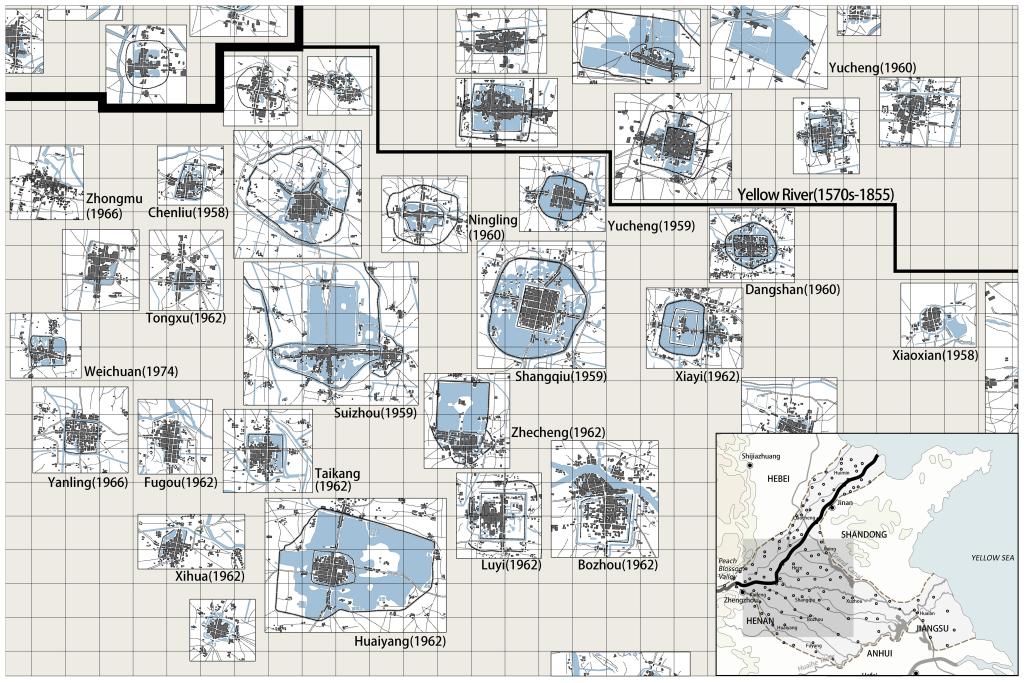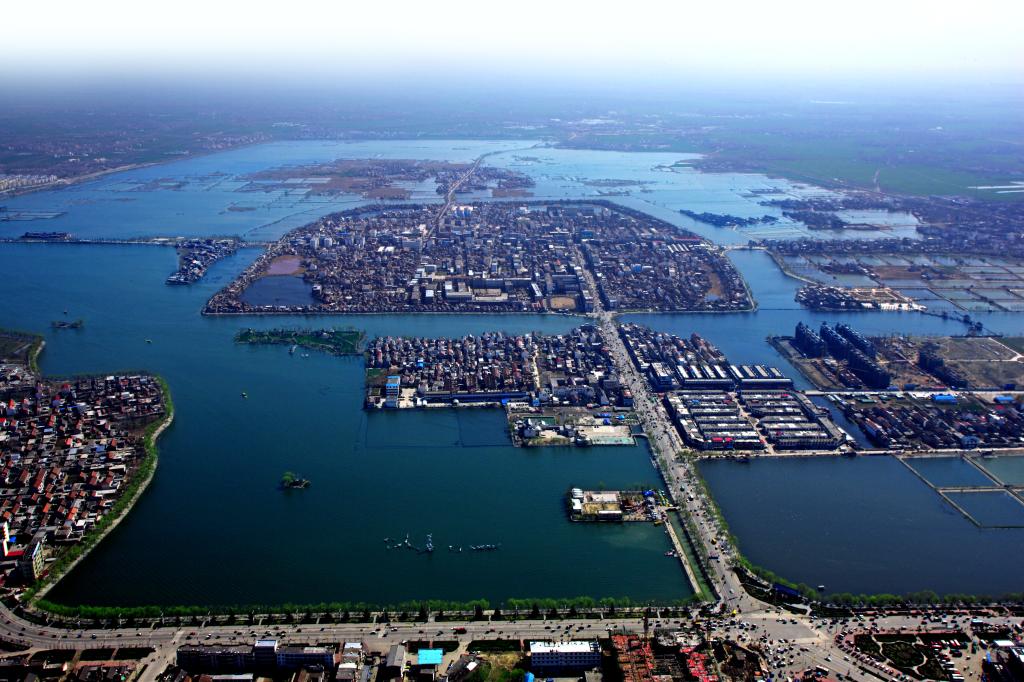PI: Zhang Lei
Keywords:
history of urban construction; cultural landscape; heritage conservation; urban water system; flood and storm water management



Abstract:
Under the impacts of the flooding and sedimentation of the lower Yellow River from the twelfth century to the mid-twentieth century, traditional towns in the Yellow River Floodplain of eastern Henan Province developed unique flood adaptive landscapes, including circumvallating levees and walls, bowl-like topography, ponds and swamps insides the cities, and diverse urban forms, embodying traditional adaptive strategies and practices to flood and waterlogging disasters. In recent decades, modern urban construction and water management model have displaced traditional adaptive experiences, traditional adaptive landscapes gradually disappearing. Based on the study of historical documents, modern documents and archives, local residents' oral history, etc., this project will take Huaiyang and other typical traditional towns in eastern Henan Plain as case studies, to explore the making of traditional adaptive landscapes in history, and their transformation in modern and contemporary contexts. This project seeks to provide a summary of traditional flood adaptive strategies of towns in eastern Henan Plain, and a detailed study of traditional storm water management by looking inside the ponds landscape in the towns. Based on historical studies, this project will further explore the heritage values and conservation strategies of traditional adaptive landscapes, and their reuse in contemporary contexts. The results of this research can offer an historical reference for the theory and practice of sponge city construction and contemporary urban flood and storm water management, provide some enlightenments to the understanding of the water problems of contemporary Chinese cities, and help to promote the recognition and conservation of traditional flood adaptive landscapes of towns in eastern Henan Plain.
